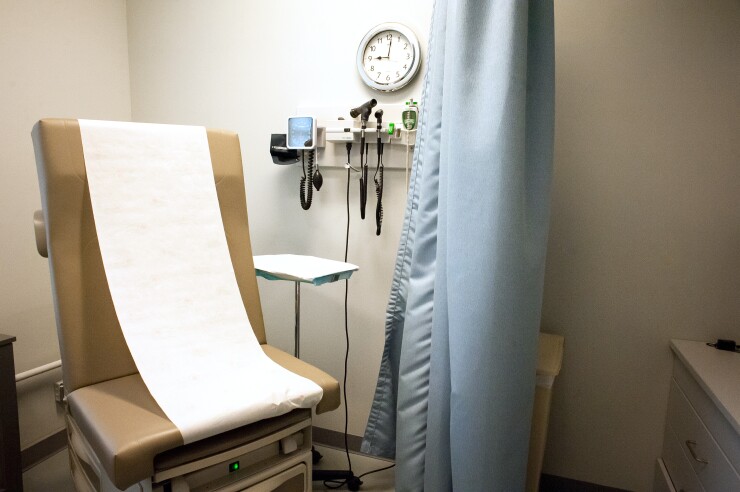As we head into the new year, healthcare prices and costs are only expected to continue climbing, especially for hospital services. Despite employers’ best efforts to find ways to save, they may not be able to make a true impact alone.
Healthcare spending grew by 9.7% in 2020, reaching $4.1 trillion, and accounted for 19.7% of the U.S. GDP, according to research from the Centers for Medicare and Medicaid Services.
“All of the cost-saving mechanisms employers put into place in their healthcare plans will likely be dwarfed by the ongoing growth in prices,” says Suzanne Delbanco, executive director of Catalyst for Payment Reform, an independent, nonprofit corporation that helps employers find quality and affordable healthcare. “In markets where providers are particularly consolidated as a result of hospital mergers or health system acquisition of physician practices, employers and other healthcare purchasers may need to turn to policymakers for help in containing prices.”
Read More:
Delbanco recently connected with Employee Benefit News to discuss employers’ cost savings plans, how to make employees better healthcare consumers, and ways policymakers can provide help.
What kinds of cost saving mechanisms are employers putting into their health plans?
Over the last 15 years or so, employers have tried to stem rising costs, in part by shifting some of those costs to their plan members. While in some cases, that did make plan members more sensitive to the utilization of their healthcare services in a good way, it also backfired. A lot of people who legitimately needed certain services refrained from seeking them because of the out-of-pocket costs. Many employers are now recognizing that if they want to cut costs, they're going to have to think differently about how to do that.
Are we already seeing any new approaches?
It's still not widespread, but we are seeing more willingness from employers to restrict which providers plan members can get care from, and eliminate the more expensive healthcare providers, whose prices might be higher than they are worth. If we can connect plan members with healthcare providers that deliver quality care at a reasonable price, we can save money and avoid the potential unnecessary costs or harm that could be caused by sending members to providers who deliver poor value. We’re also seeing innovative and progressively-minded employers limit their network of healthcare providers, and in some cases we're seeing employers contract directly with the health systems.
Read More:
Why aren't employees better consumers of healthcare — how much of that falls on employers and their communication efforts?
Plan members are provided with very limited and poor information on how to make good healthcare decisions. Catalyst for Payment Reform has had to fight so hard for greater transparency, just so the information can even be available. Most of us have experienced how difficult it is to navigate either our insurance or even which healthcare provider to go to. so it's both a lack of information and the difficulty of the tasks.
One mistake they make is believing that either all healthcare providers deliver the same value — which is the combination of quality and cost — or thinking that higher price providers, by definition, must offer better value. The research shows that there's virtually no correlation between a provider's prices and the quality of the care that they deliver.
Read More:
So what can employers do, to be mindful of costs and prices while making sure quality care is available to workers?
Being willing to cut out-of-network providers that are very high priced, with no demonstrable quality differential. These kinds of more limited networks of providers as a health insurance option for consumers are probably more palatable to consumers because people are recognizing how unaffordable healthcare is. I think they are more willing to make a trade-off between having access to every single provider and having premiums and copays they can afford.
That said, it's really unrealistic that employers are going to be able to bring prices down. As an organization, we have spent the vast majority of our time over the last decade helping employers think about how to use their influence and leverage as big customers, and getting what they want from the healthcare system, but I think we're at a point where we may need some policy intervention to level the playing field.
What might that intervention look like?
The idea isn't to have the government take over healthcare, but to have policies that can bring the competition to focus on the right things, like the quality of care and patient experience.
The kinds of policies that could exist could be the laws we’ve seen getting passed to prevent high out-of-network bills, to something as drastic as setting a cap on how much prices can go up each year. That's actually something that has been put into place in Rhode Island, and has helped give some of the leverage back to the health insurance companies to negotiate with the providers.
Read More:
I don't think there's any one sort of magic bullet, but these are the kinds of things that employers are going to need to think about, and ask themselves if they are willing to get behind some of this in order to make it viable for employer sponsored healthcare to continue.






